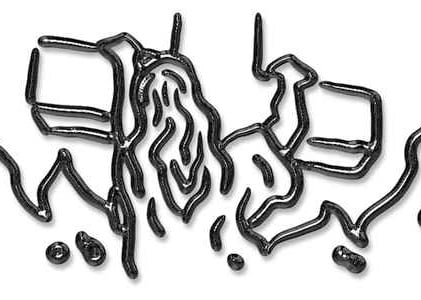Have you ever prayed, “Please, God, make me good!” but little seems to change? How is it possible that we can pray for God’s great transforming power to work within us, but our lives seem to remain the same? We know that God has unlimited supernatural resources that He so eagerly and freely offers us. We really want to take advantage of it all, and yet, our lives don’t seem to change in a way that matches what God is offering.
Why? One reason is disturbingly simple: While the Spirit has unlimited power to transform us, it is possible by our own choices to restrict what God can do.
Read John 16:5-15. In this passage, Jesus calls the Holy Spirit the “Spirit of truth” (John 16:13, NIV). What does this imply that the Holy Spirit does for us?
While the Holy Spirit can bring us the truth about our sinfulness, He cannot make us repent. He can also show us the greatest truth about God, but He cannot force us to believe or obey it. If God did compel us in even the slightest way, we would lose our free will, and Satan would accuse God of manipulating our minds and hearts and thus be able to accuse God of cheating in the great controversy. When the great controversy broke out in heaven, our Father did not compel Satan or any of the angels to believe that He was good and just or compel the angels to repent. And in the Garden of Eden, when so much was at stake again, God made the truth about the tree in the middle of the garden very clear, but did not prevent Eve and Adam from exercising their free will to disobey. God will not act any differently with us today. So, the Spirit presents the truth about God and sin and then says, “In view of what I have shown you, what will you do now?”
It is the same when we are in the crucible. Sometimes the crucible is there precisely because we have not obeyed or repented of our sins. For our Father to work in such cases, we must consciously choose to open the doors of repentance and obedience in order for God’s power to enter in and transform us.
| What convictions has the “Spirit of truth” brought to you recently? How well are you listening to His voice? And, most important, what choices are you making with your free will? |
 (1)
(1)The post Sunday: The Spirit of Truth appeared first on Sabbath School Net.


